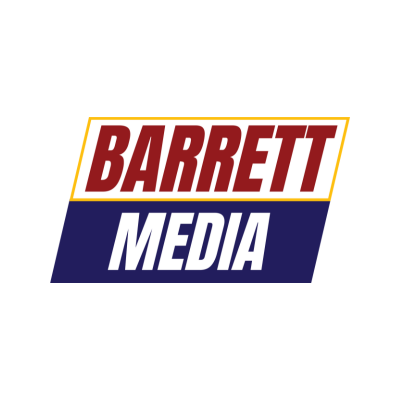ESPN recently revealed that its direct-to-consumer service will be singularly branded as ESPN and be available to fans in the early fall for an unlimited plan priced at $29.99 per month. As consumers continue engaging in cord cutting, thus resulting in a diminished pay television penetration rate, the company will be offering this new means to watch games combined with innovations within the ESPN App.
David Samson, the former president of the Miami Marlins, spoke about how everyone in the market is worried when they look back at what happened with CNN+, which shut down about a month after being launched. Yet John Skipper, the former president of ESPN, feels that this situation involving his former company differs in that it is not going to exist as a different entity per se.
“This new app, streaming service, is just overwhelmingly an aggregation of content you can already get either on ESPN+ or on your cable subscription,” Skipper said on the latest edition of The Sporting Class. “There are these so-called bells and whistles that will provide – oh, if you round up, maybe 1% of the value here for consumers.”
Torre mentioned how a difference in this situation is that ESPN+ has always existed within the standalone ESPN App but that it did not provide the same things as fans who subscribe to ESPN through their cable subscription would be receiving. Data cited by John Ourand in a recent edition of The Varsity conveyed that ESPN reaches 62.7 million homes, which is down from its peak of 100 million homes documented in 2011. Skipper explained that ESPN had deals with distributors with requirements as to where the content could be placed.
“Clearly at this point, they have moved to a place and the cable television universe has declined to a place where ESPN has no choice but to say, ‘We still want to be in business with you, DIRECTV, Spectrum, etc., etc., but we’re going to make our content available to our subscribers, to our fans directly if that’s the way they want to get it,’” Skipper articulated. “Now the compromise is, but if they already have a DIRECTV subscription, they get this automatically, so they’re using that, of course, to say to distributors, ‘We’re not looking to disrupt your business at all.’”
Samson talked about how this demonstrates how “there is barely any business though,” indicative of parlance used by MLB commissioner Rob Manfred when he referred to ESPN as a “shrinking platform.” While Skipper accedes that the curve is moving downward, he divulged that the decline is going to occur slower at some point and that some people will opt to remain with the cable subscription. Torre then mentioned how the steepness of the curve is the question that helped ESPN determine when it should launch the direct-to-consumer option, and while it is something Skipper could have done, it did not end up being introduced to the market until this time.
“Why would you do it when you have 90 million, 80 million, 70 million subscribers? It still would be an interesting mathematical parlay to know when the lines cross that more people pay them directly than get their subscription through somebody else,” Skipper said. “I would argue this — it’s not going to be this year, next year or the year after. It will be several years before the lines cross.”
Barrett Media produces daily content on the music, news, and sports media industries. To stay updated, sign up for our newsletters and get the latest information delivered straight to your inbox.





